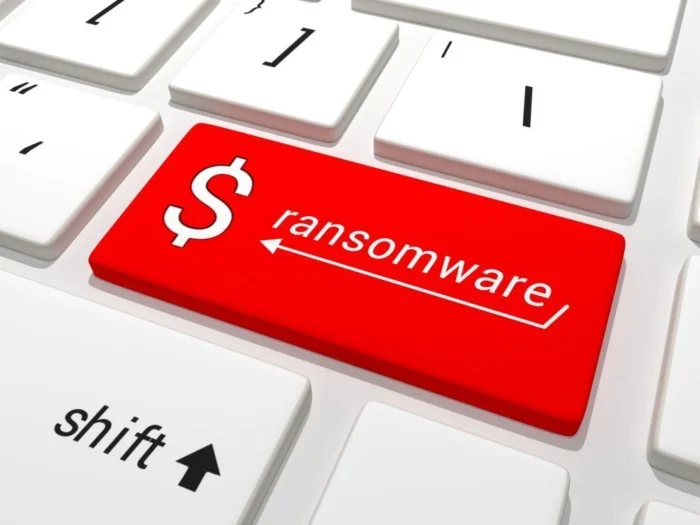Viewing entries in
IT Alerts
Establish security practices and policies to protect sensitive information
Educate employees about cyberthreats and hold them accountable
Require employees to use strong passwords and to change them often
Employ best practices on payment cards
Make backup copies of important business data and information
Create a mobile device action plan
Protect all pages on your public-facing websites, not just the checkout and sign-up pages
The survey also found:
65 percent of business owners admit they have been victim of a cyberattack; computer virus attacks are the top type of attack reported at 33 percent, phishing is number two at 29 percent.
86 percent of business owners believe that digital risk will continue to grow.
30 percent of companies with 11-50 employees do not provide any type of formal training on cybersecurity.
Despite the simplicity of regularly updating software, seven percent of companies still fail to take that step.
Reputational risk is among the top reasons (45 percent) why business owners would consider investing in or purchasing a cybersecurity policy.
35 percent of business owners who have never experienced a cyberattack are unaware of the financial cost to recover, highlighting a dangerous gap in knowledge from the implications.
A cybersecurity assessment could help you minimize risk.
As for Web-based exploits, Internet websites are now the most commonly-used angles of attack, most often targeting software vulnerabilities or using exploits on the receiving client. This makes keeping up-to-date browsers paramount for all employees.
Website Browsing Best Practices for Employees
• Be conservative with online downloads.
• Beware antivirus scams.
• Interact only with well-known, reputable websites.
• Confirm each site is the genuine site and not a fraudulent site.
• Determine if the site utilizes SSL (Secure Sockets Layer}
SSL is a security technology for establishing encrypted links between Web servers and browsers.
• Don’t click links in emails—go to sites directly.
• Use social media best practices.






